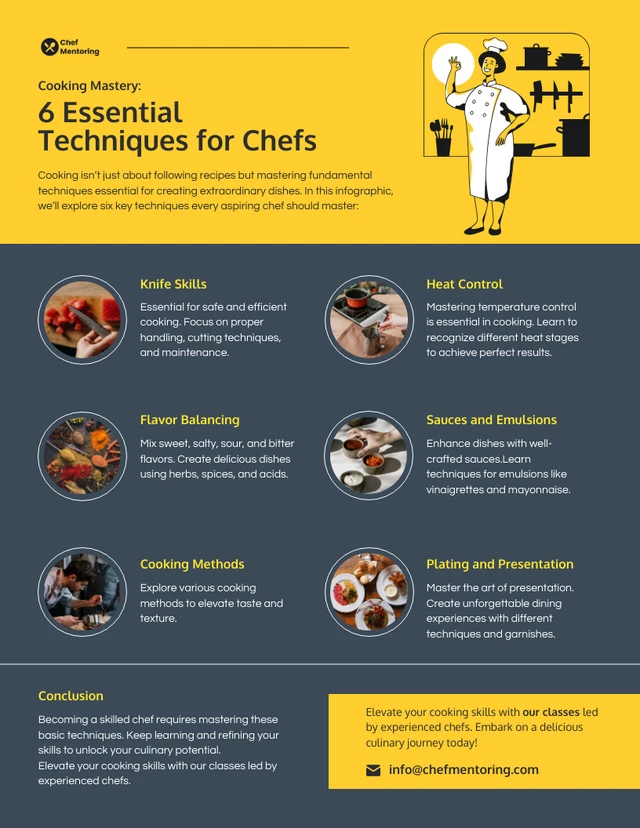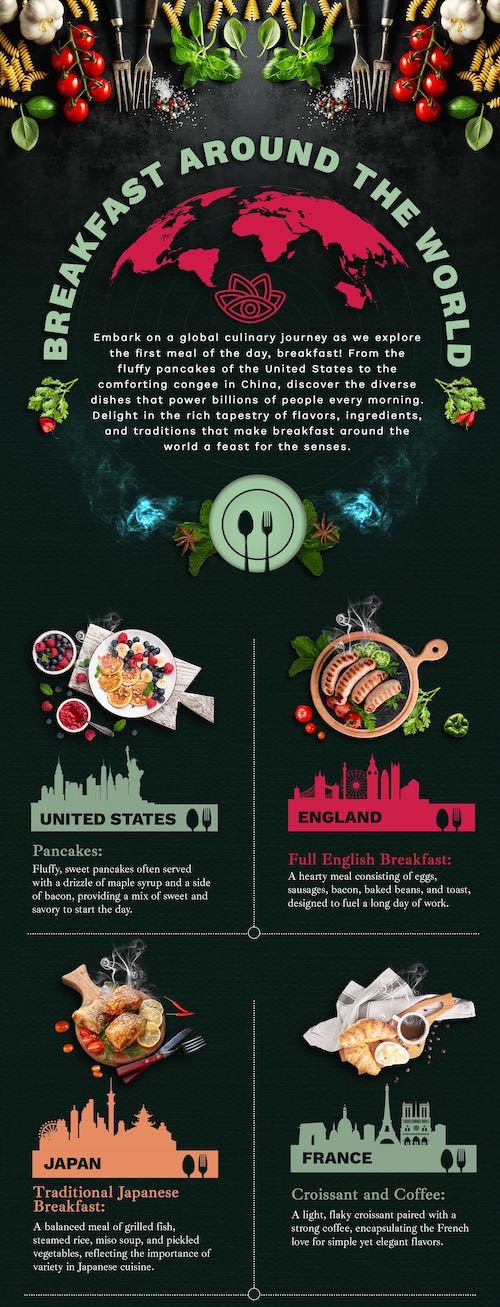Discover how to create delicious meals with diverse flavors to suit everyone’s palate with these simple and tasty recipes.
Table of Contents
- Introduction: The Mystery of Outer Space
- What Is Space?
- Why Do We Explore Space?
- Astronauts: The Space Explorers
- Rockets and Spacecraft: Our Vehicles to the Stars
- The Solar System: Our Cosmic Neighborhood
- Learning from Space: Cool Space Facts
- Space Missions: Visiting Other Worlds
- The Future of Space Exploration
- Conclusion: Where Do We Go from Here?
- FAQs: Questions About Space
Introduction: The Mystery of Outer Space
Let me tell you a story that will spark your curiosity about the vast unknown of outer space. Imagine a place where darkness stretches endlessly, where stars twinkle like diamonds scattered across the night sky, and where planets hang like colorful marbles suspended in the void. This mysterious place is what we call outer space – a realm filled with wonder, questions, and endless possibilities.
Outer space has always intrigued humans, stirring our imagination and fueling our desire to explore its depths. The enigma of space, with its unending expanses and uncharted territories, beckons us to seek answers, to unlock its secrets, and to discover the mysteries that lie beyond our own little blue planet.
What Is Space?
Space is a vast place, much bigger than anything we can see or imagine on Earth. It is the area that holds our entire universe, where everything exists, including stars and planets.
The Big Emptiness
Unlike Earth, space is a big empty place with no air to breathe. It goes on and on, without an end that we know of. In this vast emptiness, stars twinkle and planets like Earth spin around.
Stars and Planets
Stars are like the sun, shining bright and giving off light and heat. They are enormous balls of burning gas that light up the darkness of space. Planets, on the other hand, are smaller bodies that revolve around stars. They are like Earth, where we live, rocky or gassy worlds that travel in orbits around stars.
Why Do We Explore Space?
Exploring space is a fascinating endeavor that has captured the curiosity and imagination of humans for centuries. But why do we embark on this incredible journey beyond our world?

Image courtesy of venngage.com via Google Images
Curiosity about the Unknown
Humans have always been curious beings. We look up at the night sky and wonder about the stars twinkling above us. What are they made of? How far do they go? Is there anyone else out there?
Exploring space allows us to seek answers to these questions and satisfy our insatiable curiosity. Just like explorers of old set out to discover new lands and seas, space exploration is our way of unraveling the mysteries of the universe.
Astronauts: The Space Explorers
Do you ever dream of flying to the stars and exploring the mysteries of space? Well, astronauts are the brave adventurers who get to live out that dream! They are like modern-day explorers who venture into the unknown depths of outer space.
Who Are Astronauts?
Astronauts are specially trained men and women who travel beyond Earth’s atmosphere to conduct experiments, fix satellites, and even walk in space! They spend months in space stations like the International Space Station, floating in microgravity and looking down on our planet from above.
Space Missions and Astronauts
When it’s time for a space mission, astronauts climb aboard powerful rockets that blast off into space. These missions can last for days, weeks, or even months. Astronauts need to be strong, smart, and ready to face challenges in an environment very different from Earth.
Rockets and Spacecraft: Our Vehicles to the Stars
Have you ever wondered how astronauts get to space? Well, rockets are their trusty vehicles! Rockets are giant machines that use a powerful blast off to leave Earth and enter space. They are like huge, fiery fireworks that carry astronauts into the sky and beyond. The fuel inside a rocket creates a giant explosion that pushes it upwards at very high speeds. This incredible force helps the rocket break free from Earth’s gravity and soar into space.

Image courtesy of www.infographicszone.com via Google Images
Living in Space
Once astronauts are up in space, they need a comfortable place to live and work. That’s where spacecraft come in! Spacecraft are like mini space houses that have everything astronauts need to survive in space. They have cozy sleeping quarters, special bathrooms, and even tiny kitchens to prepare meals. Without gravity in space, everything floats around, so astronauts have to strap themselves in to sleep and work. It’s like living in a floating home among the stars!
The Solar System: Our Cosmic Neighborhood
Have you ever looked up at the night sky and wondered what lies beyond the twinkling stars you see? Let’s talk about our cosmic neighborhood, the solar system. It’s like a big family of planets, moons, and other celestial objects that orbit around a star called the sun.
Planets Like and Unalike
In our solar system, there are eight planets: Mercury, Venus, Earth, Mars, Jupiter, Saturn, Uranus, and Neptune. Each planet is unique in its own way. Some are giant gas giants, while others are rocky worlds like our Earth. For example, Jupiter is the largest planet in our solar system, with a big red spot that’s actually a huge storm swirling around for centuries!
Moons and More
Not only do planets populate our solar system, but there are also moons that orbit around some of them. Earth has one natural satellite, the Moon, but other planets have many moons. For instance, Jupiter has more than 70 moons, with the largest one, Ganymede, being even bigger than the planet Mercury! Aside from moons, there are asteroids, comets, and even dwarf planets like Pluto that make up the diverse cosmic neighborhood we call home.
Learning from Space: Cool Space Facts
Space is full of mysteries and wonders that can astound and amaze us. Here are some cool space facts that might just blow your mind!
| Recipe Name | Description | Ingredients | Instructions |
|---|---|---|---|
| Spaghetti Bolognese | A classic Italian pasta dish with a rich tomato-based meat sauce | Ground beef, onion, garlic, tomatoes, spaghetti noodles | 1. Brown ground beef and onion. 2. Add garlic, tomatoes, and spices. 3. Simmer and serve over cooked spaghetti noodles. |
| Stir-Fried Vegetables | A quick and healthy dish made with a mix of colorful veggies | Broccoli, bell peppers, carrots, snow peas, soy sauce | 1. Heat oil in a wok. 2. Add veggies and stir-fry until crisp-tender. 3. Drizzle with soy sauce and serve. |
| Chicken Alfredo | A creamy and indulgent pasta dish with tender chicken and a parmesan sauce | Chicken breast, fettuccine noodles, heavy cream, parmesan cheese | 1. Cook chicken and pasta. 2. Make sauce with cream and cheese. 3. Toss everything together and enjoy! |

Image courtesy of venngage.com via Google Images
The Immense Size of Space
Did you know that space is so vast that it goes on forever? It’s like a never-ending ocean of darkness with countless stars and planets twinkling in the distance. The universe is gigantic, and we’ve only explored a tiny fraction of it!
The Speed of Light
Light travels at a mind-boggling speed of about 186,000 miles per second. That means it can zoom around the Earth about 7.5 times in just one second! This incredible speed allows us to see stars that are millions of light-years away.
Black Holes
Black holes are super mysterious and powerful. They are like cosmic vacuum cleaners that suck in everything around them, even light! Once something gets too close to a black hole, there’s no escaping its gravitational pull.
The Birth of Stars
Stars are born from huge clouds of dust and gas in space. These clouds collapse under their own gravity, creating intense heat and pressure that eventually ignite nuclear fusion, the same process that powers the sun. It’s like a celestial fireworks show!
Exploring the wonders of space can teach us so much about the universe we live in and inspire us to dream big. Who knows what amazing discoveries await us in the vast expanse of space!
Space Missions: Visiting Other Worlds
Space missions are like epic adventures where scientists and astronauts travel to other planets to learn more about them. These missions help us discover fascinating things about worlds beyond our own. Let’s take a look at some important space missions that have shaped our understanding of the universe.
Landing on the Moon
One of the most famous space missions in history was when astronauts from the Apollo missions landed on the moon. Imagine stepping onto a dusty gray surface with Earth shining in the sky above! These brave astronauts collected moon rocks and conducted experiments to understand more about our rocky neighbor.
Rovers on Mars
When it comes to exploring the red planet, Mars, we rely on robotic rovers. These clever machines act as our eyes and hands on Mars, sending back pictures and information to Earth. Rovers like Curiosity and Perseverance help scientists study the Martian landscape and even search for signs of past life.
The Future of Space Exploration
In the exciting world of space exploration, the future holds endless possibilities and wonders waiting to be discovered. As technology continues to advance at a rapid pace, we can only imagine what the next frontiers of exploration will look like.

Image courtesy of otaokitchen.com.au via Google Images
New Technologies
One of the most intriguing aspects of the future of space exploration is the development of new technologies that will revolutionize how we explore the vastness of the universe. From more powerful rockets that can travel faster and farther, to advanced spacecraft that can sustain life for extended periods in space, the possibilities are truly awe-inspiring.
Dreaming of New Horizons
As we look ahead to the future of space exploration, it’s important for us to dream big and imagine the unimaginable. What new worlds will we discover? What mysteries will we unravel? Encouraging kids to dream about the possibilities of space exploration can inspire the next generation of scientists, astronauts, and explorers to reach for the stars.
Conclusion: Where Do We Go from Here?
As we come to the end of our journey through the vast expanse of outer space, it’s important to remember that the mysteries and wonders of the universe are always waiting to be discovered. By continuing to learn, explore, and dream, we can embark on new adventures that push the boundaries of human knowledge and understanding.
Space offers us an infinite playground for discovery and excitement, where every answer we uncover leads to even more questions. The thrill of exploration and the desire to push the limits of what we know about the cosmos are what drive us to keep reaching for the stars.
FAQs: Questions About Space
Why is space so dark?
Space appears dark because there is no air or atmosphere to scatter sunlight. On Earth, our sky looks blue during the day because the air scatters the sunlight, but in space, there is nothing to scatter the light, so it looks dark.
Can we live on other planets?
We have not yet found a planet like Earth where humans can live without special equipment. Other planets in our solar system are either too hot, too cold, or don’t have enough air for us to breathe. Scientists are studying ways to make life possible on other planets in the future, but for now, Earth is the only place where we can live comfortably.





